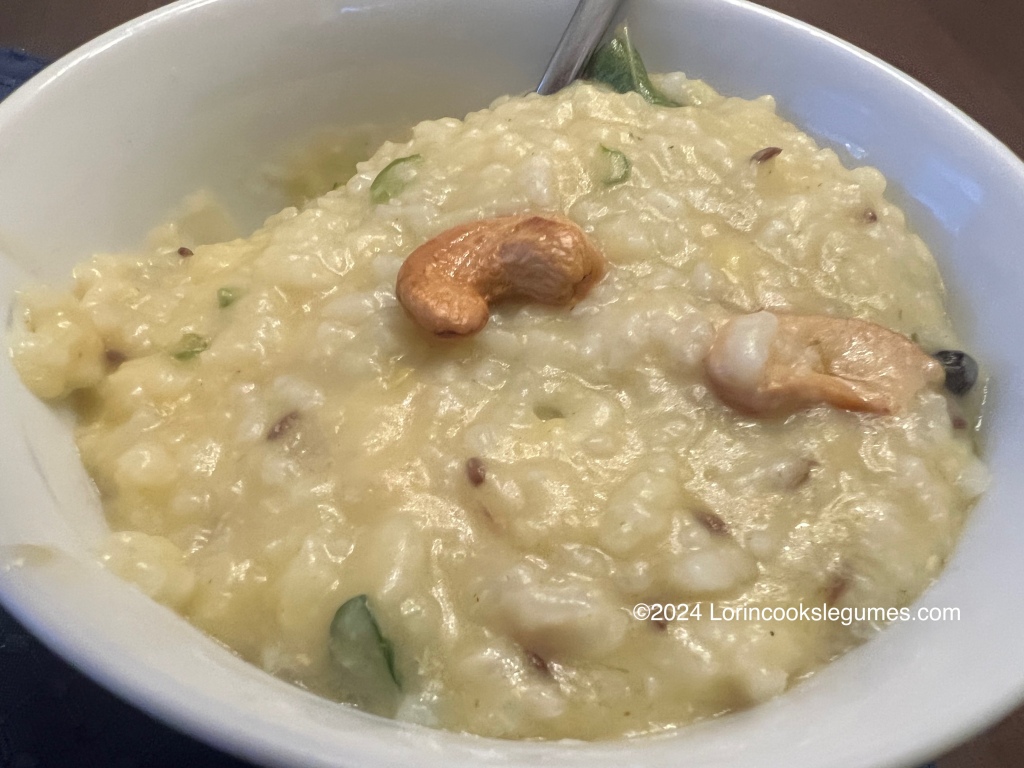
Venn or ven (hot) pongal has been described as a rice and lentil porridge similar to the South Asian staple khichdi. It is made with black pepper, ginger, turmeric, and sometimes asafoetida, cashews, cumin, curry leaves, ghee (clarified butter), mung beans, and salt. In South India, it is commonly eaten for breakfast with coconut chutney and Indian filter coffee.
https://en.wikipedia.org/wiki/Pongal_(dish)#Ven_pongal
Pongal is a South Indian porridge made with rice and moong dal. At first glance it’s similar to the bisi bele bath that I shared a few months ago, a mixture of rice and dal. However, where bisi bele bath is cooked as three separate preparations that are then mixed together, pongal is cooked in one pot, and then finished with a simple tempering of spices and ghee.
There are several varieties of pongal, including sakkarai (sweet), kozhi (chicken), and this one, ven pongal (hot or spicy pongal). Pongal itself means “boil over” or “overflow”. It is also the name of an annual harvest festival, at which pongal (usually the sweet version, if I’m understanding the blogs I read researching this correctly) is made with the new rice harvest as an offering to the gods. I’m not sure if the dish got it’s name because it likes to boil over when you cook it, or if it has more to do with the connection to abundance and bountiful harvests that the festival represents.
Besides offering to the gods, pongal is a popular breakfast dish. Unlike a lot of other dishes that are often served as breakfast in India, I can actually see myself enjoying this for breakfast. The consistency is similar to oatmeal or cream of wheat, and the spice flavors aren’t overpowering.
Wikipedia claims that all pongals are made with milk as the primary liquid. However in all the recipes I looked at, only one called for milk, and that was an optional ingredient used to thin it out after cooking with water. I imagine that the sweet version might be traditionally made with milk, but then again, several of the recipes I looked at do talk about making both by cooking your rice and dal together and then dividing it to season two different ways, so maybe not.
While milk doesn’t seem to traditional to this version, every recipe I looked at stressed that using plenty of ghee is important to the flavor. You could certainly make a vegan version with some other oil, but ghee is the traditional fat for this dish.
In India there are specific varieties of rice that are traditionally used for this dish. I’m sure that in the internet age I could order the “right” kind of rice, but I just used rice we already had in the house. You do want a short to medium grain rice, and it should be “raw” rice (as opposed to parboiled “instant” rice). You can also make pongal with other grains- several of the bloggers whose recipes I looked at also had other pongal recipes using millet, quinoa, or any of several other grains.
While you could use other grains, I believe that the beans must be moong dal. Moong dal is, of course, the split hulled version of mung beans, the same bean your classic Asian bean sprouts are grown from. In researching a number of previous recipes on this blog, I’ve come across several mentions of adding moong dal to create more of a “creamy” texture- exactly what you’re looking for with a pongal.
Ven pongal is usually tempered with fresh curry leaves, cashew nuts, black peppercorns and cumin, as well as ginger and green chilies. While some recipes called for whole peppercorns (and specifically mentioned biting into a peppercorn as part of the flavor experience of ven pongal), most recipes called for freshly crushed peppercorns, noting that whole peppercorns can burst when added to hot fat- I’m assuming with accompanying splatters of hot fat potentially flying into your face. I forgot about that until I had already dumped my spices into the hot oil. I escaped without any exploding peppercorns, but I have added that step to the recipe.
As per usual, the suggested dishes to serve with ven pongal are all over the map. The most consistent recommendation is coconut chutney. I’m not particularly blown away by the specific recipe I used, so I’ll leave it up to you to find one that you like. Sambar was also mentioned in multiple places, so I went back to my recipe from a few months back. Both the sambar and the coconut chutney did pair extremely well with the ven pongal.
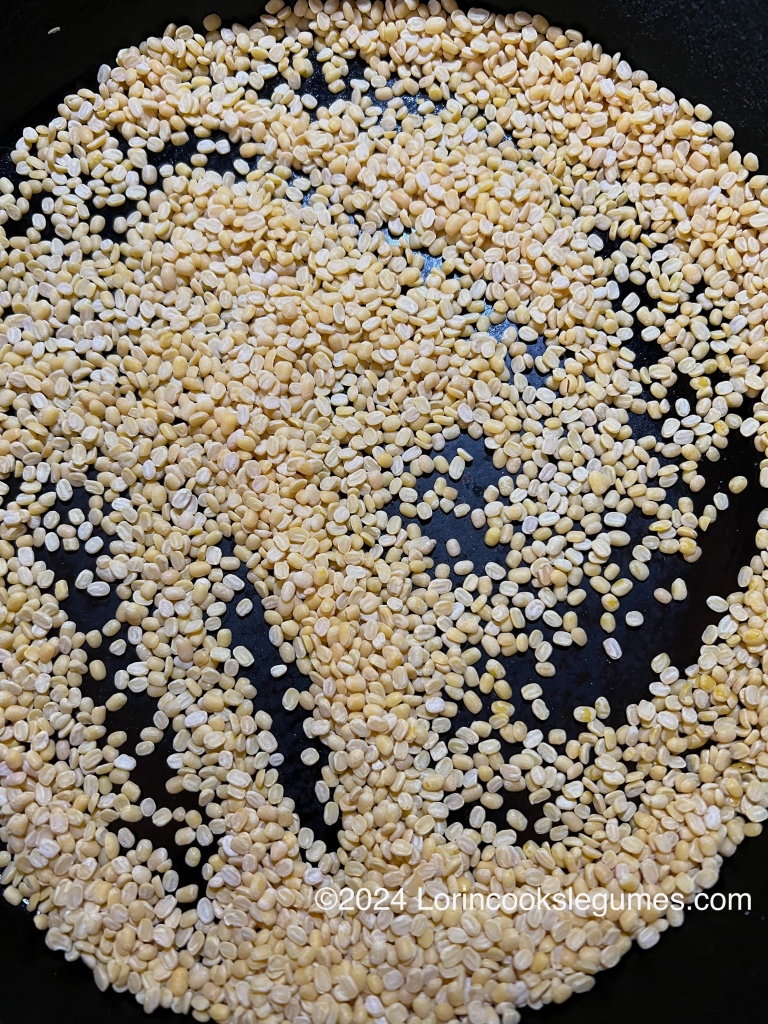
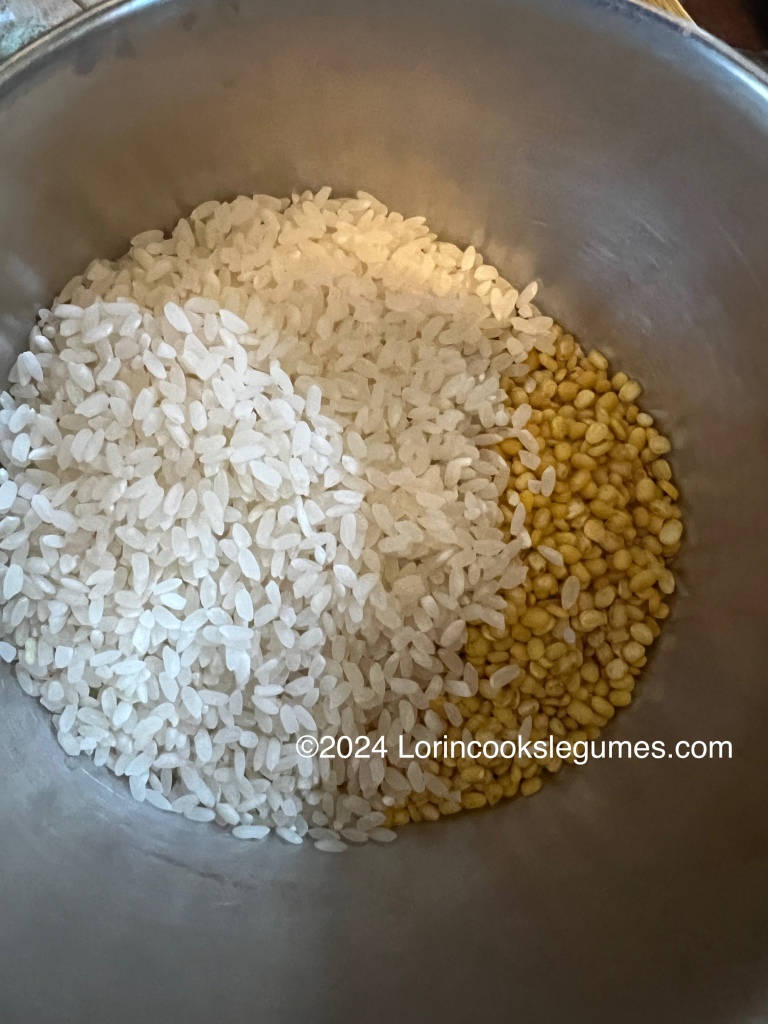
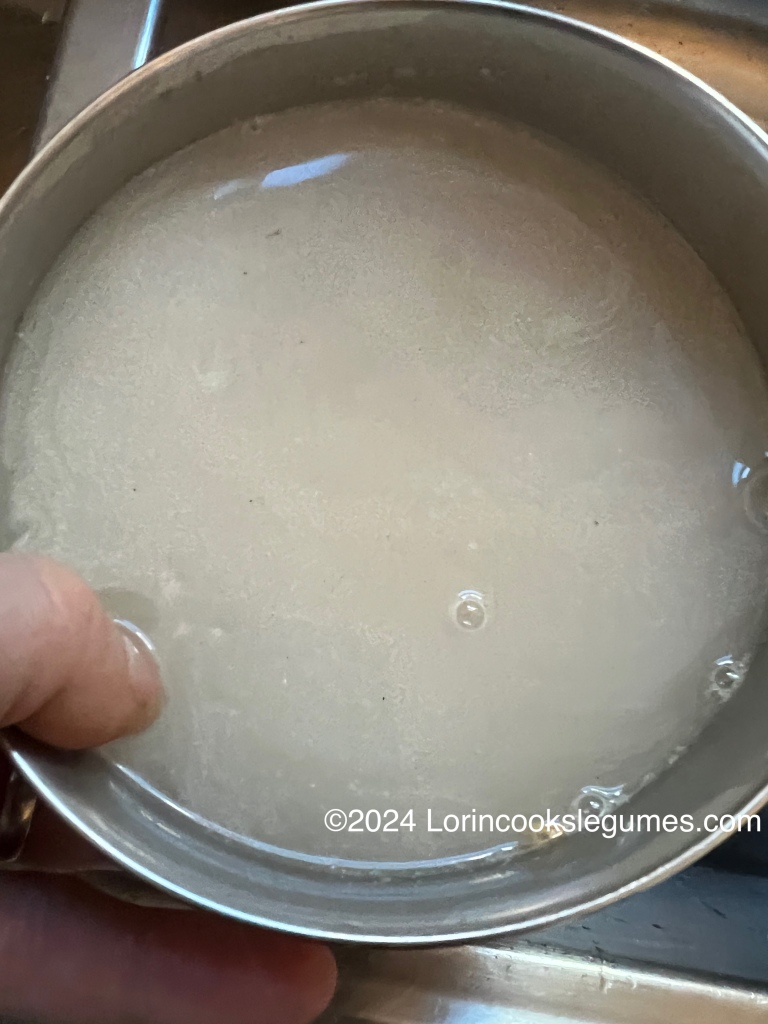
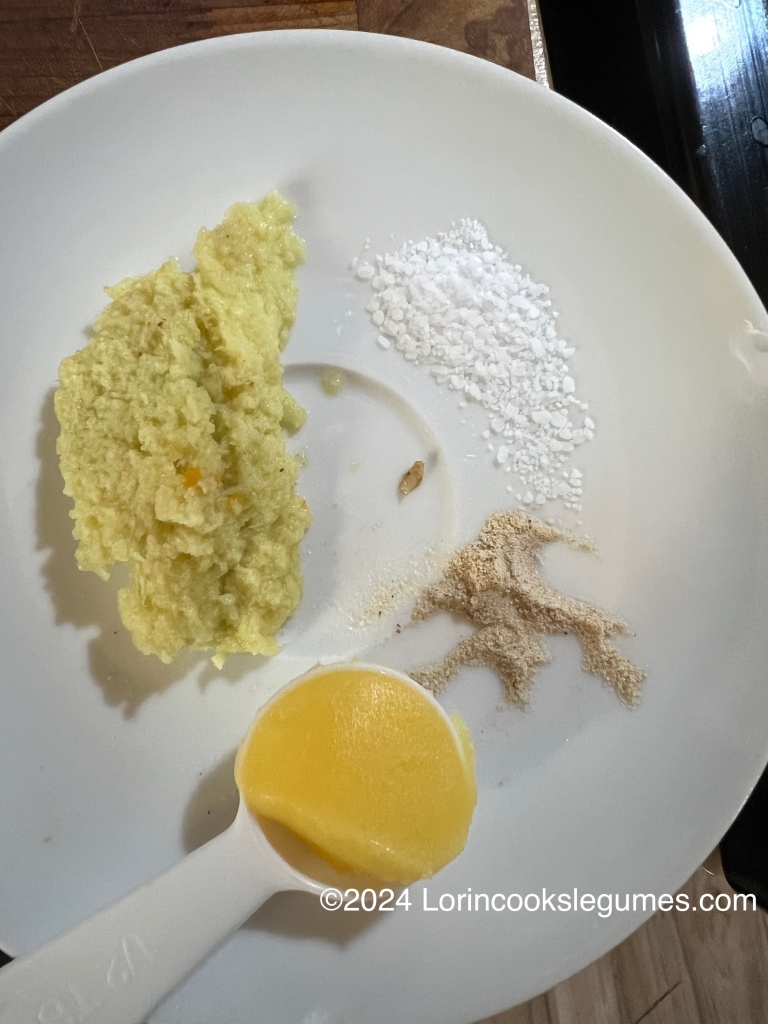
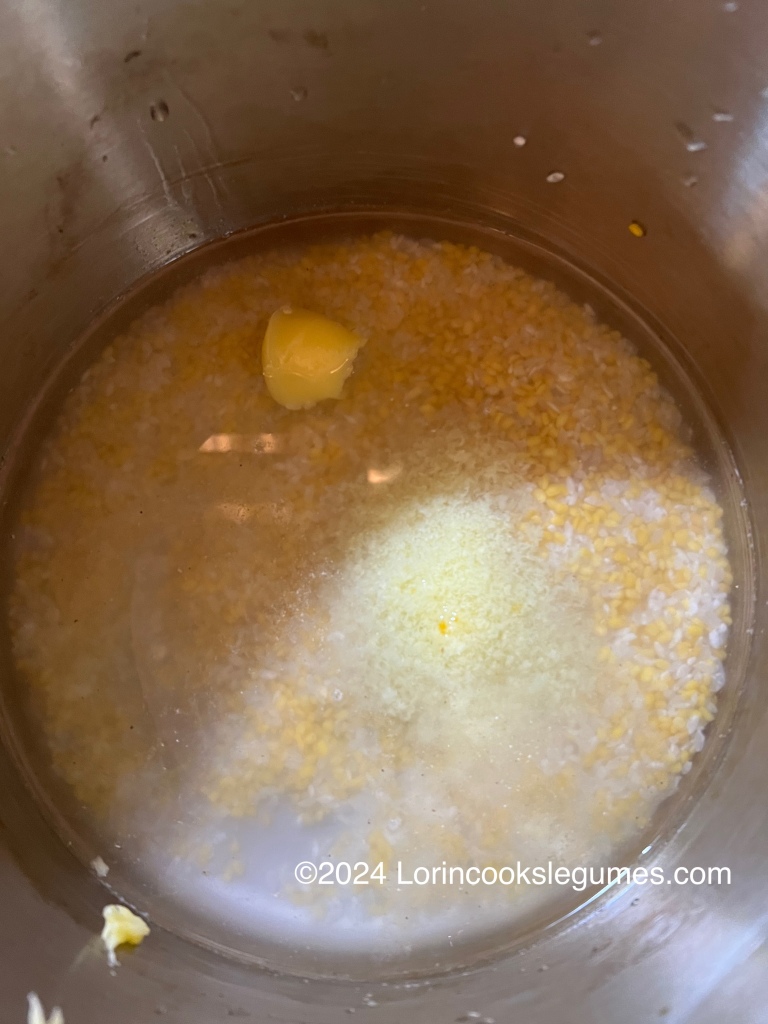
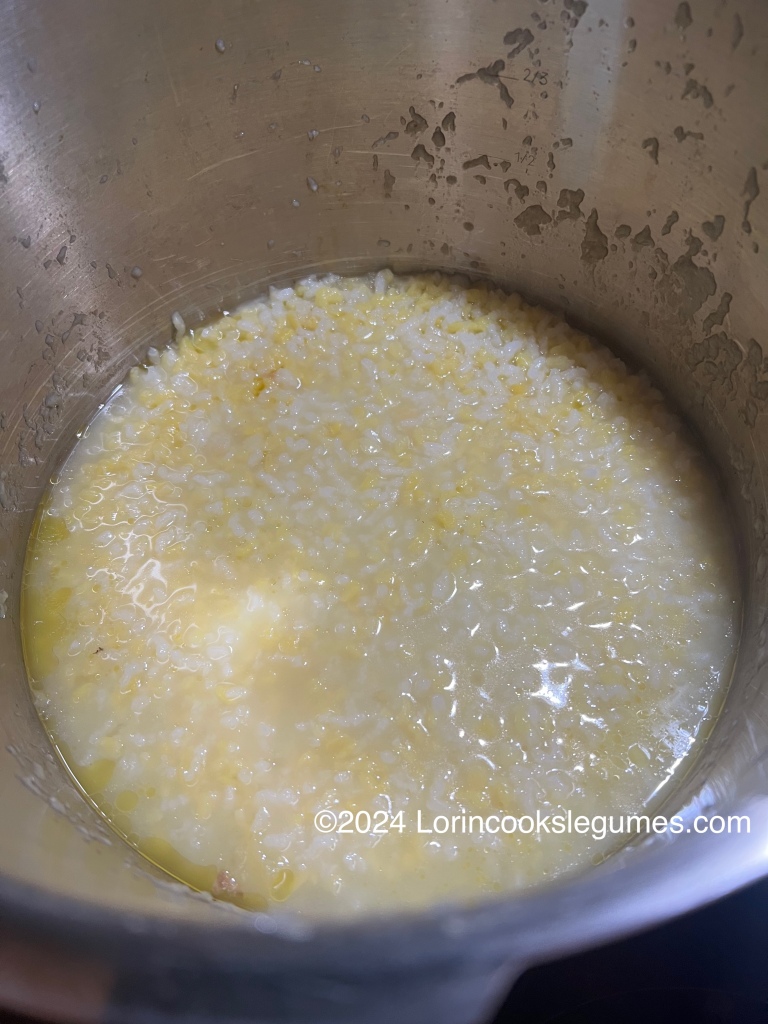
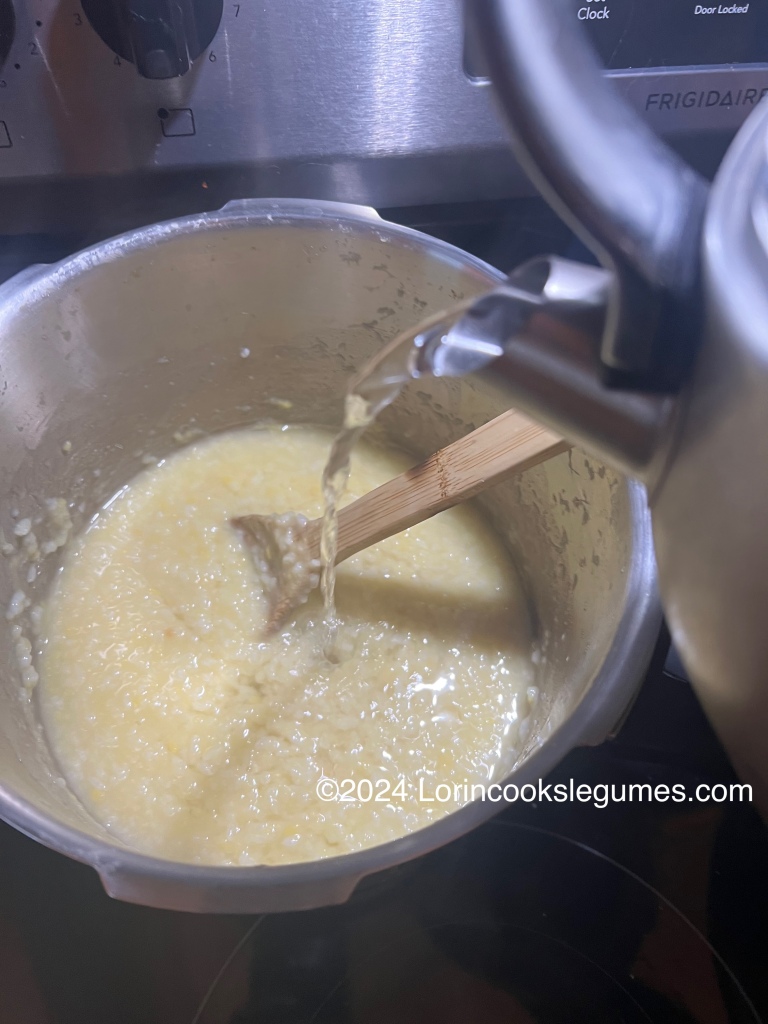
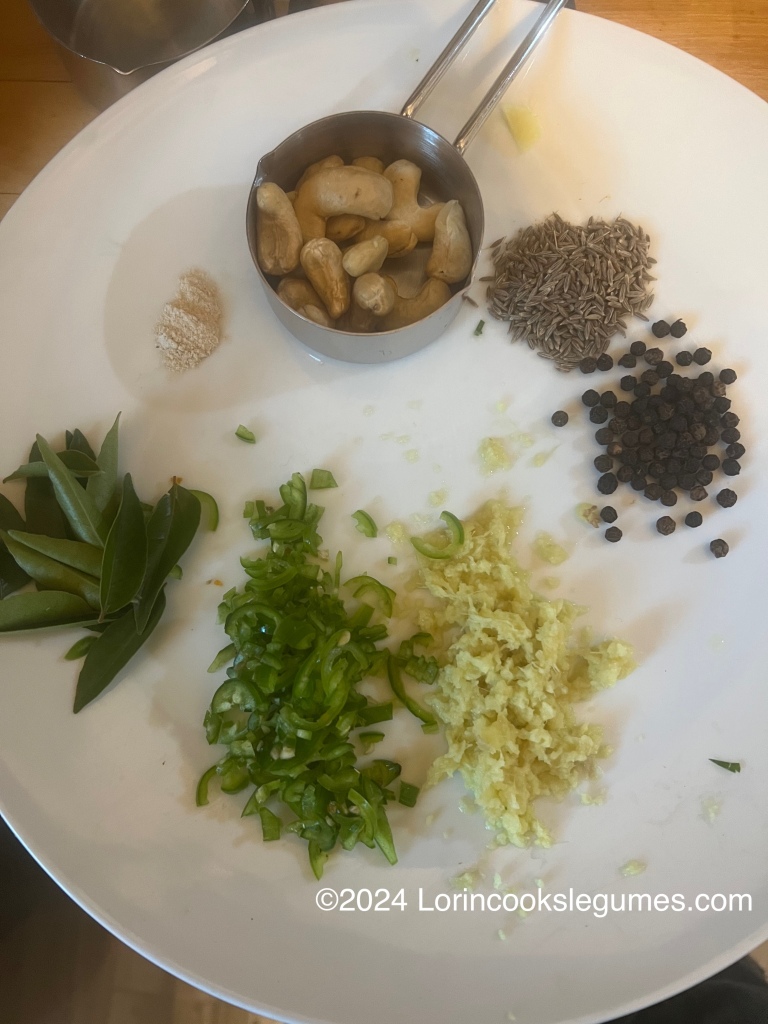
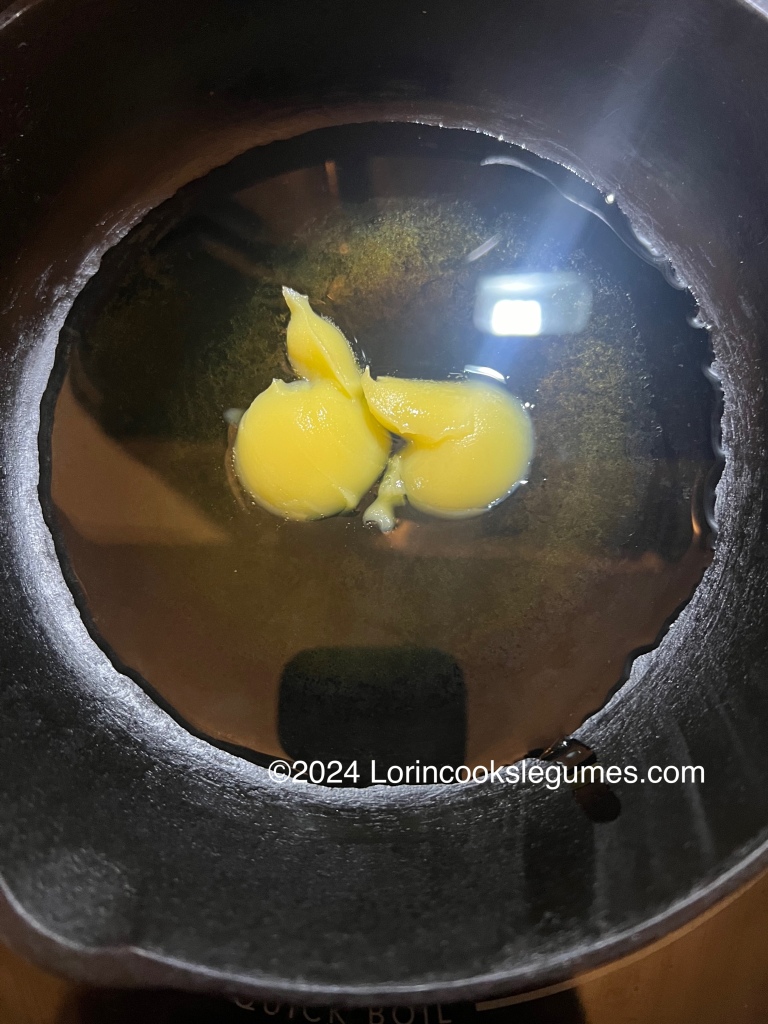
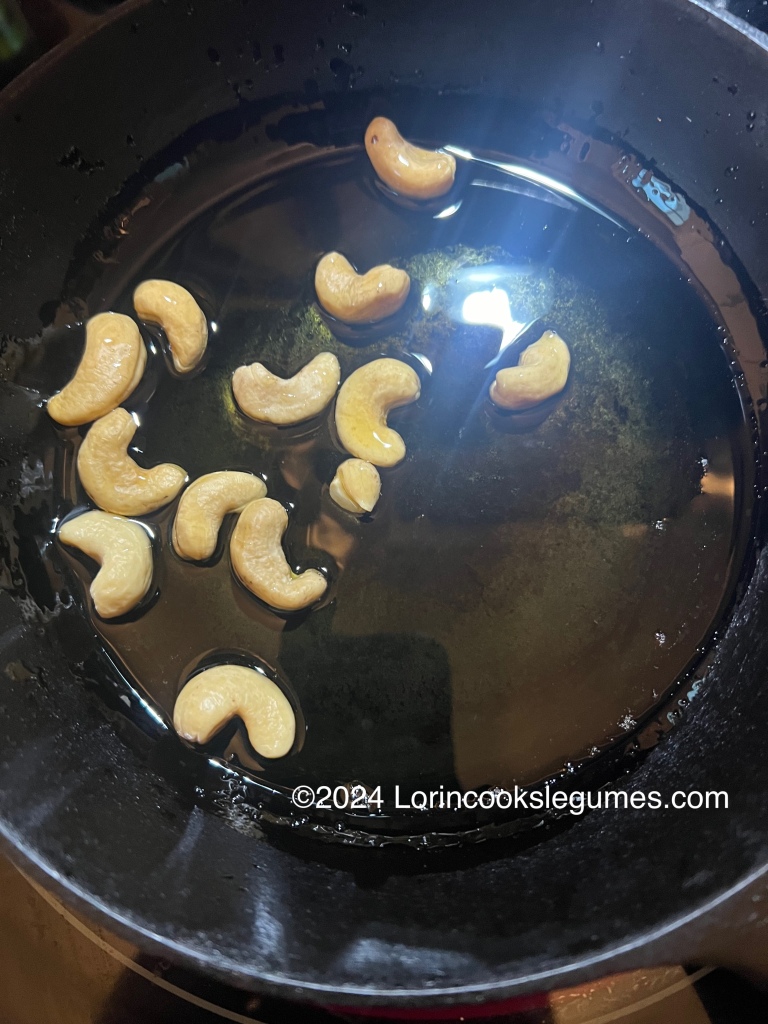
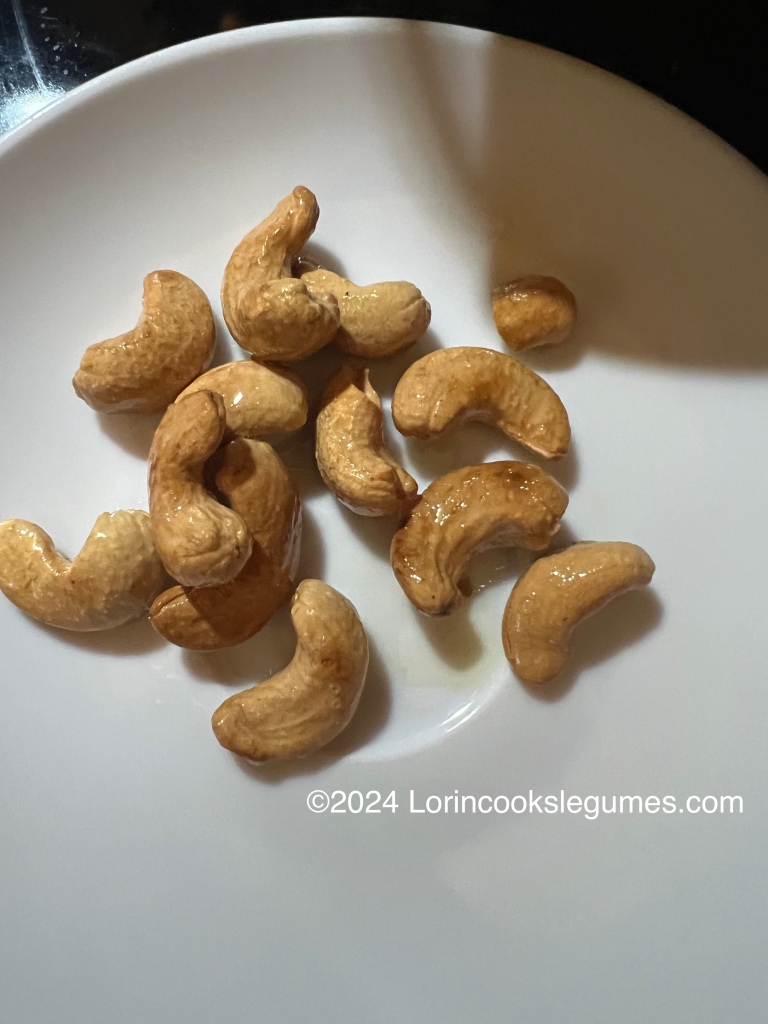

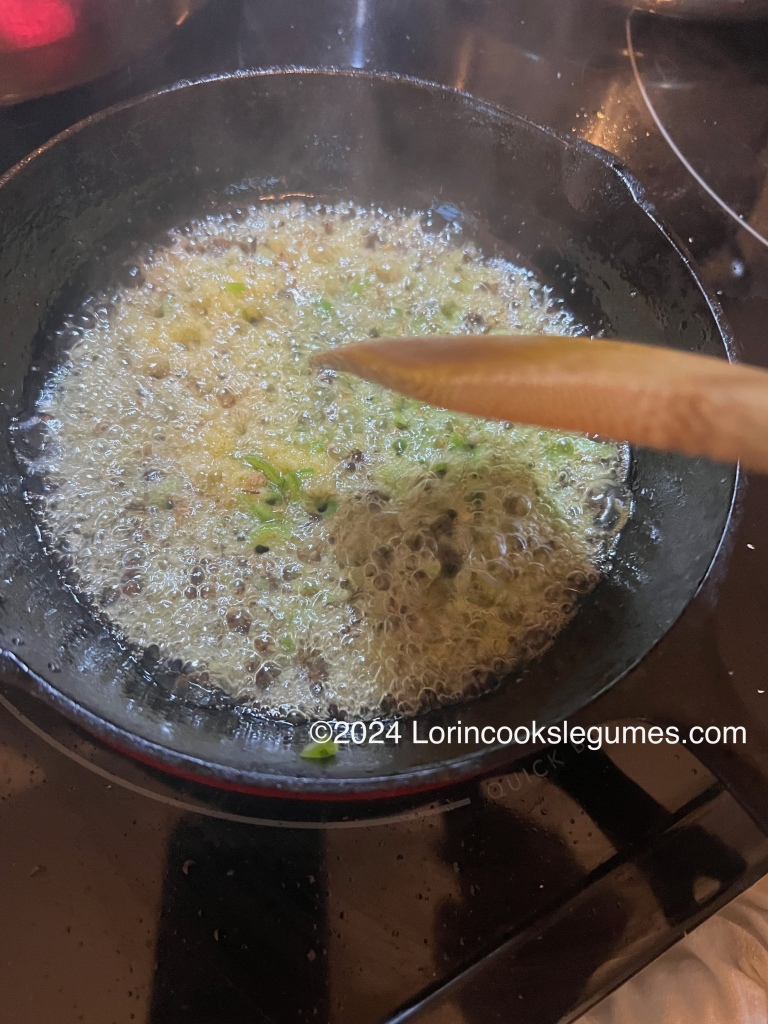
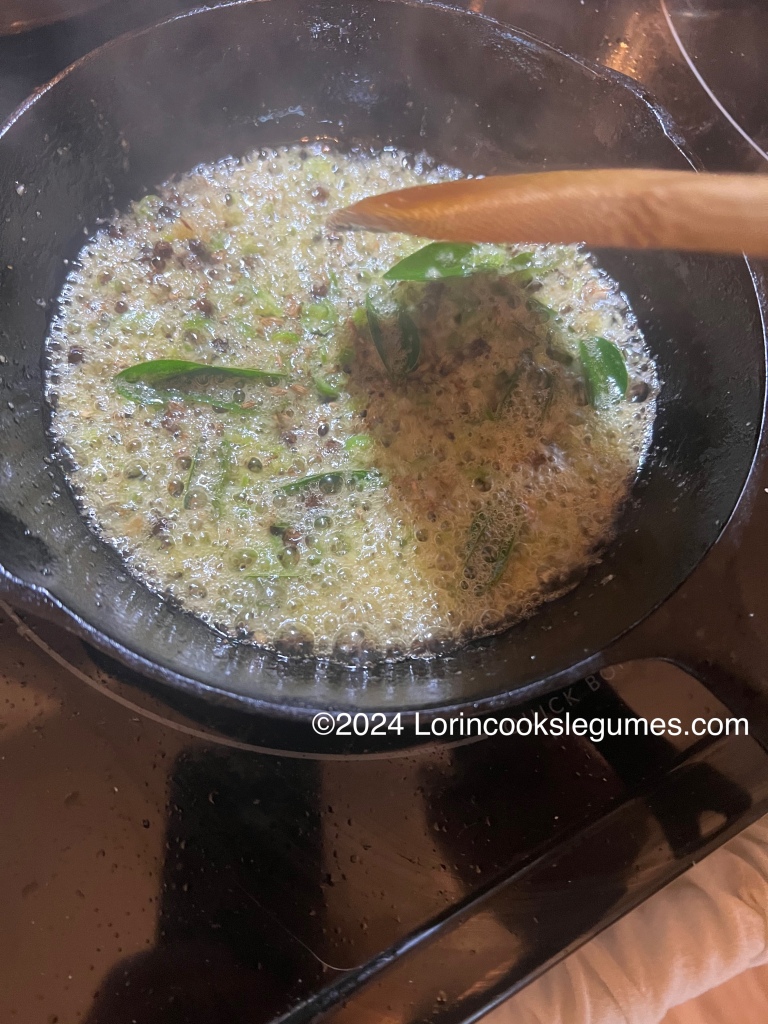
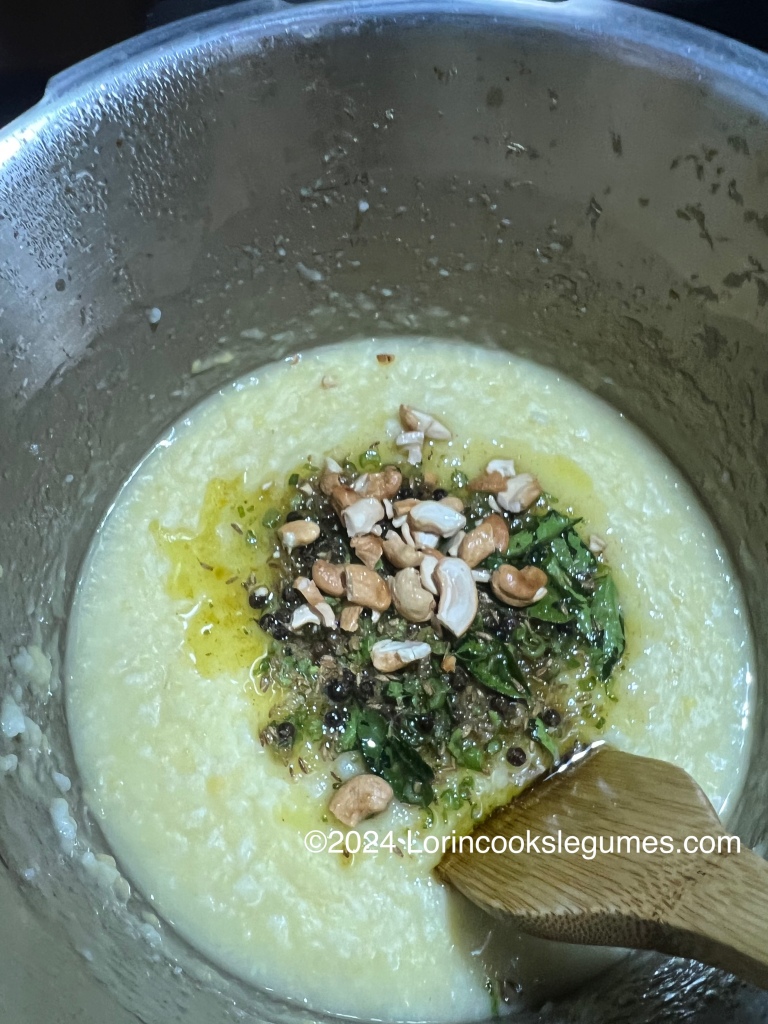
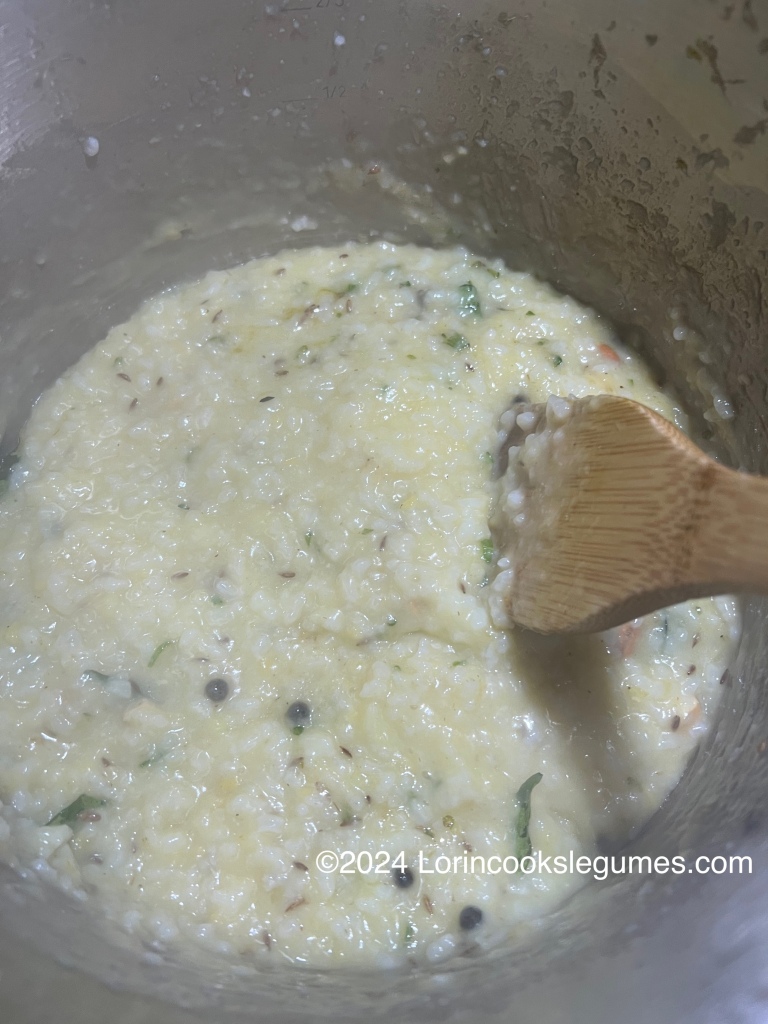
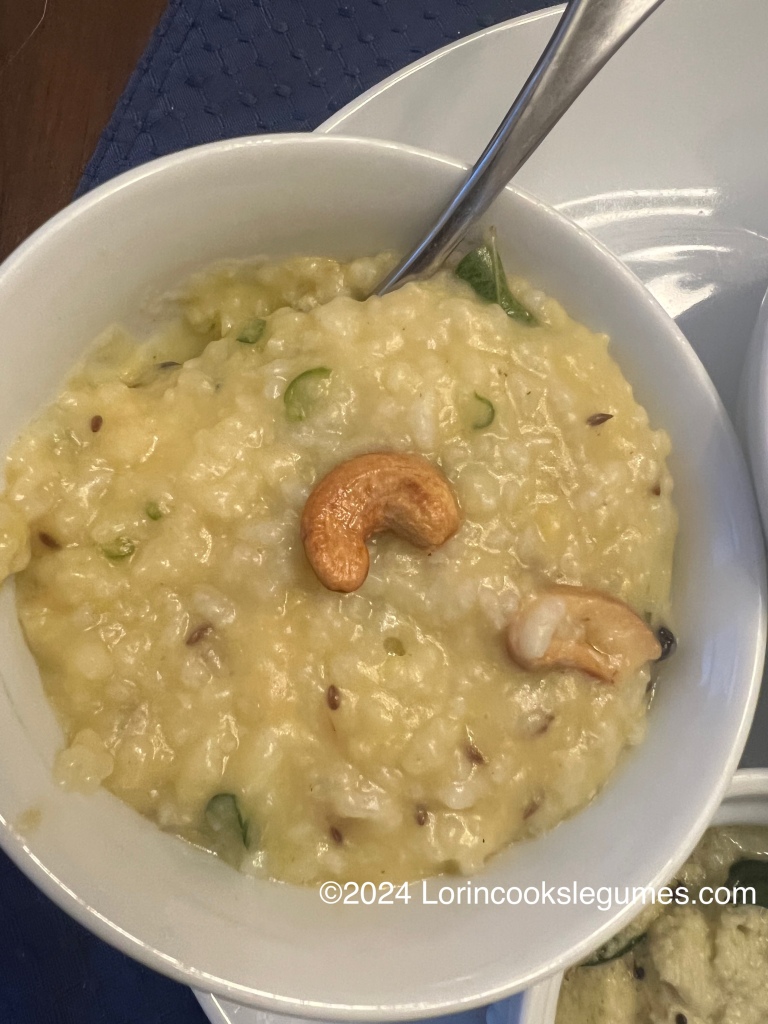
Ven Pongal
Serves:3
Prep: 10 minutes
Cook: 20 minutes
Total 30 minutes
(As an Amazon Associate I earn from qualifying purchases.)
½ cup moong dal
⅔ cup short grain white rice
3 ½ cups water
⅔ inch fresh ginger, peeled and grated
⅓ teaspoon salt
1 pinch asafoetida
1 ⅛ teaspoon ghee
2 ¼ Tablespoons ghee
1 ⅛ Tablespoon oil
12 cashew nuts
1 ⅛ teaspoons cumin seed
1 teaspoon black peppercorns, lightly crushed.
1 inch fresh ginger, peeled and grated
1-2 green chilies, finely chopped
8-10 curry leaves
⅛ teaspoon asafoetida
Optional:
½ teaspoon cumin seeds, cooked with the rice and dal
Pick over your dal and remove any stones or other foreign objects. Add to a dry frying pan over medium low heat, and toast until fragrant and just starting to turn golden brown, 3-4 minutes. Do not brown too much. Transfer dal to a bowl and add the rice. Rinse in a couple changes of water.
Add rice and dal to a pressure cooker with 3 ½ cups of water, ⅔ inch grated ginger, salt, a pinch of asafoetida and 1 ⅛ teaspoon of ghee. Seal the pressure cooker and bring up to pressure. Cook for about 10 minutes, then remove from heat and allow the pressure to release naturally.
Once it is safe, open the pressure cooker and give your pongal a stir. Both the rice and dal should be very soft, and the consistency should be like a thick porridge. If it is too dry, add boiling water, a little at a time, stirring until desired consistency is reached. Taste for salt
Heat ghee and oil in a small frying pan. Add the cashew nuts and fry until golden brown. Remove from the oil and set aside. Add the cumin seeds and crushed peppercorns to the oil and fry until they sputter. Add the ginger and chilies, and fry for a few seconds, then add the curry leaves and asafoetida. Fry until the curry leaves crisp. Immediately remove from heat and immediately pour into the rice mixture. Crush the cashews, reserving a couple whole ones for garnish, and add to the rice mixture. Mix well, cover, and let flavors meld for about 5 minutes.
Garnish with reserved cashews and serve with sambar and coconut chutney.